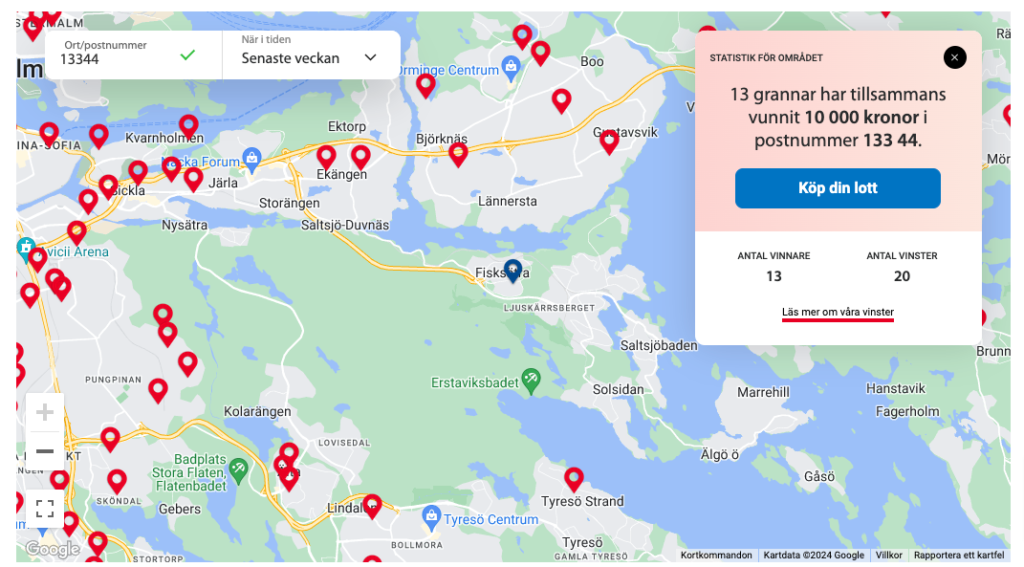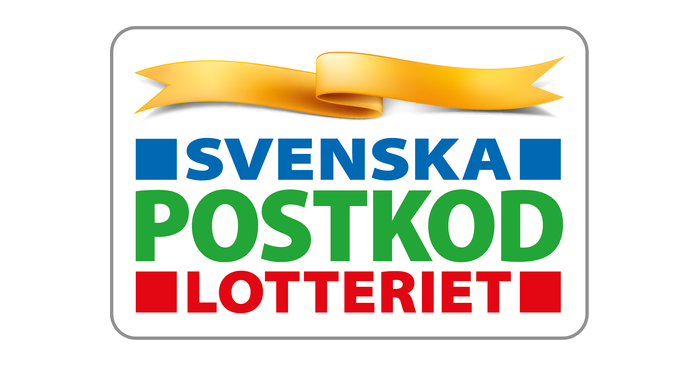Background
A new department was established with a focus on driving digital sales and transformation. The objective was to target a younger, digitally savvy customer base. This initiative arose from the realization that the digital presence was almost non-existent, and overall, there was a low level of digital maturity within the organization.
The business model of Postkodlotteriet has a viral built in element. Since people win on their area code the word spreads fast especially in smaller communities.

Identifying the Challenges
The challenges were on multiple areas influencing the company from top to bottom:
- Low Digital Maturity: The organization’s overall digital maturity level was considerably low, impacting its ability to engage with a digital-first audience.
- Outdated Technical Infrastructure: The technical suite in use was not up-to-date, hindering efficient digital operations.
- Website Overhaul Requirement: The old website was not fit for the modern digital landscape and required a significant revamp.
- Lack of Digital Metrics: Proper digital measurement tools and processes were not in place, leading to a gap in understanding customer interactions online.
- Absence of A/B Testing: There was no practice of A/B testing, which is crucial for optimizing digital platforms.
- Traditional Sales Approach: Sales processes heavily relied on traditional methods like snail mail.
- Analog CRM Department: The CRM department’s approach was outdated, lacking digital integration and modernization.
Implementing Solutions
The transformation journey involved several strategic initiatives:
- Implementation of Tracking Tools: New tracking tools were installed to capture comprehensive data on web interactions.
- Introduction of A/B Testing: A/B testing was integrated alongside tracking to optimize the user experience based on real-time data.
- Collaboration with BI and CRM: There was a concerted effort to work closely with the Business Intelligence (BI) and CRM departments to generate insights and enhance customer value.
- Digital Transformation Project: A project was initiated to identify gaps in digital capabilities and increase digital maturity. Further a revamp of the brand was initiated.
- Rebuilding the Digital Platform: The IT-department began reconstructing the digital platform into a more modern micro service architecture.
- Website Redesign and CMS Replacement: The website underwent a complete redesign, coupled with the replacement of the CMS platform. I played a pivotal role in redefining the website structure and design, aiming for a more personalized user experience.
- Initiating Third-Party Collaborations: Partnerships with third parties were established to attract a diverse customer base.
- Improved Personalization: Leveraging previously unused data increased the relevancy and personalization for potential customers.

The Outcome
The department’s efforts led to significant achievements:
- Enhanced Digital Maturity: The digital maturity of the department increased by three levels, marking a substantial improvement in digital capabilities.
- Rise in Digital Sales: Sales through digital channels consistently exceeded targets year after year.
- Increase in Average Purchase Value: The application of various strategies led to a +36% increase in the average purchase value.
- Implementation of New Solutions: Various solutions like retargeting, welcome series emails, and churn prevention strategies were successfully implemented, further enhancing customer engagement and retention.
Conclusion
The transformation of the sales department into a digitally mature and efficient unit represents a significant shift from traditional methods to modern, data-driven strategies. This shift not only improved internal processes but also had a profound impact on customer engagement, sales performance, and overall organizational growth. I am proud to have been a leading part of this transformation.
